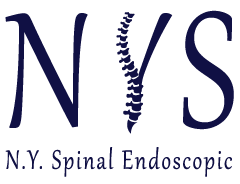WHAT TYPES OF CONDITIONS DO ENDOSCOPIC PROCEDURES TREAT?
- Arthritis and Bone Spurs of the Spine
- Chronic Facet Disease (Back spasms and pain when leaning back)
- Bulging Disc
- Spondylolisthesis (Slipping of the vertebra)
- Discogenic or Low Back Pain
- Radiculitis or Radiculopathy
- Herniated Disc
- Failed Back Surgery
- Sciatica
- Foraminal Stenosis (Narrowing of the spinal canal)




